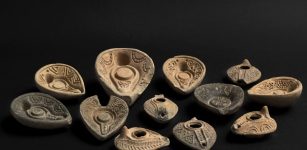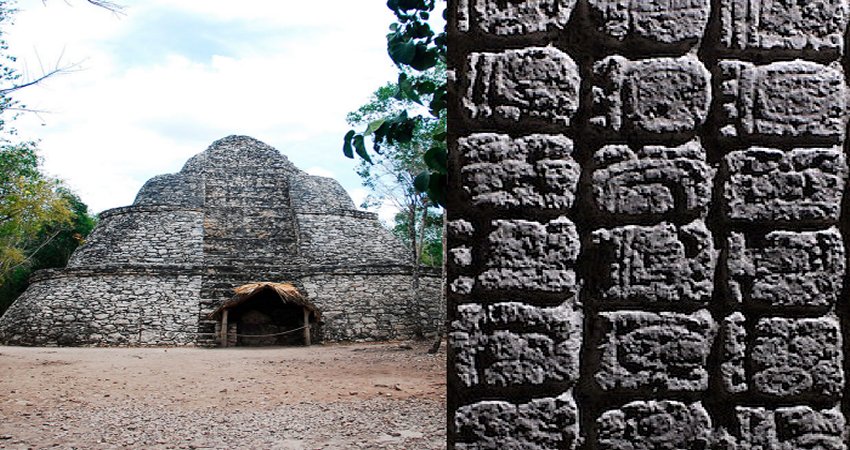Kingdom Of The Hittites Kültepe Reveals Remarkable Clay Tablets, Ruins And Artifacts
MessageToEagle.com – Our journey to the past takes us to the mysterious Kültepe that was once part of the kingdom of the Hittites.
There have been numerous interesting archaeological discoveries in Turkey over the last few years. The country has an immensely rich ancient heritage and there are still many more ancient secrets scientists will have to examine further. Several magnificent ancient artifacts and intriguing prehistoric structures have been unearthed by archaeologists who are still barely scratching the surface of all that this ancient place has yet to reveal.
Kültepe, that in Turkish means “Ash Hill” is an archaeological site located in the Kayseri Province. In the past it was the capital of the ancient Kingdom of Kanesh and centre of a complex network of Assyrian trade colonies in the 2nd millennium B.C. The place became a key centre of culture and commerce between Anatolia, Syria, and Mesopotamia by the end of the 3rd millennium B.C. and especially during the first quarter of the 2nd millennium B.C.
Over 20,000 Clay Tablets From Cappadocia Discovered
In 1948, archaeologists started to excavate the site and they discovered tens of thousands of archaeological and textual finds.
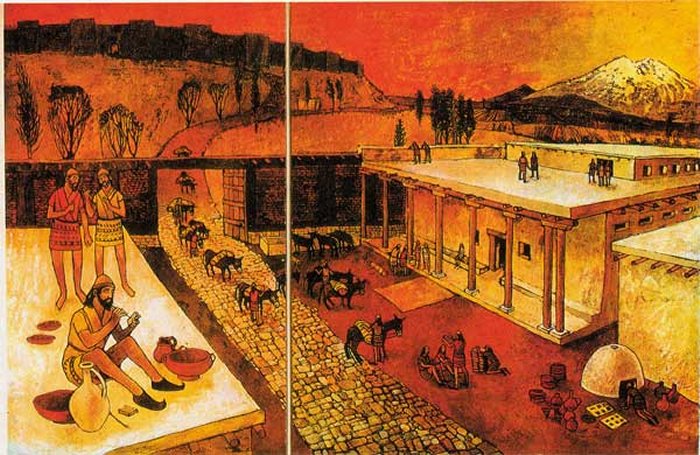
According to UNESCO, “Kültepe is not only a site of utmost importance for Anatolian archaeology, but also for world archaeology. The private archives of the Karum residents have yielded 23,500 clay tablets and envelopes to date.
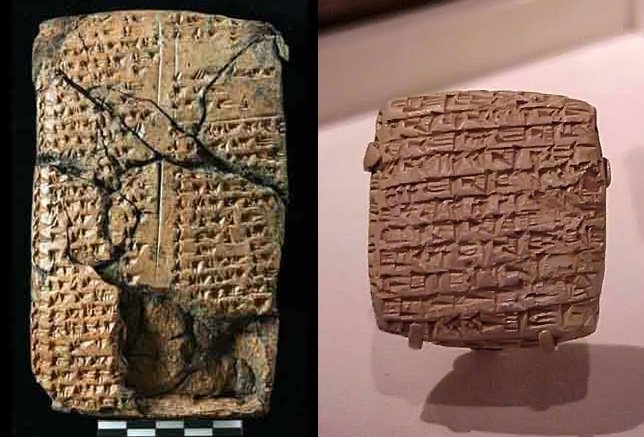
These are the earliest written documents which illustrated the ancient Anatolian history. Life, society and economy at this site, even the family affairs and personal relationships of its inhabitants, were recorded on clay tablets in the Old Assyrian dialect of the Akkadian language using the cuneiform (wedge-shaped) script, the knowledge of which came into Anatolia with Assyrian merchants.
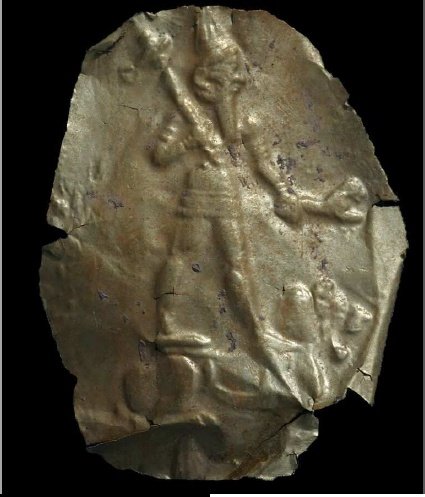
Unlike royal or temple archives discovered in other ancient centres, the cuneiform archives of Kültepe-Kanesh represent the single largest body of private texts in the ancient Near East. They were kept in archive rooms, neatly arranged inside clay vessels, wooden chests, wicker baskets or sacks.
Ancient City Of Kültepe Was Destroyed By Fire
The fire which eventually destroyed the city must have started suddenly; as the excavations revealed many documents were still in their envelopes, before the merchants could dispatch their recently written letters or open those newly received. The inhabitants left most of their possessions behind to be found by modern archaeologists.
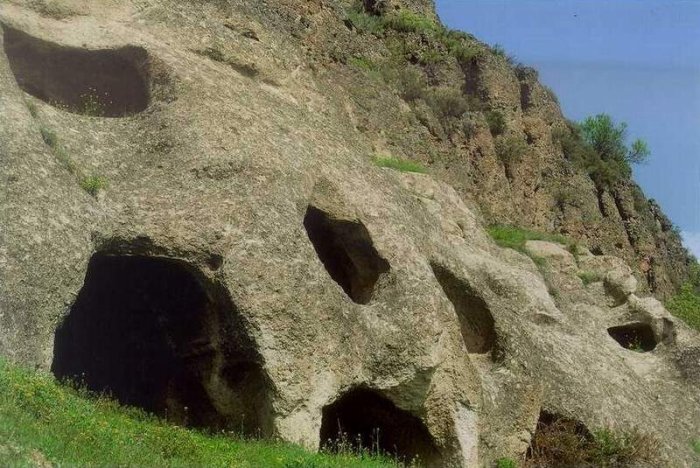
Ongoing Archaeological Excavations
Kültepe has been successfully excavated by the late Professor Tahsin Özgüç since 1948 until his death in 2005. Archeologists are still examining this historically important site and new excavation work on the Kültepe Kaniş/Karum mound will hopefully shed more light on the on the early stages of trade. The work, coordinated by Japanese archaeologist Professor Ryoichi Kontani, aims to uncover data about ancient international trade.
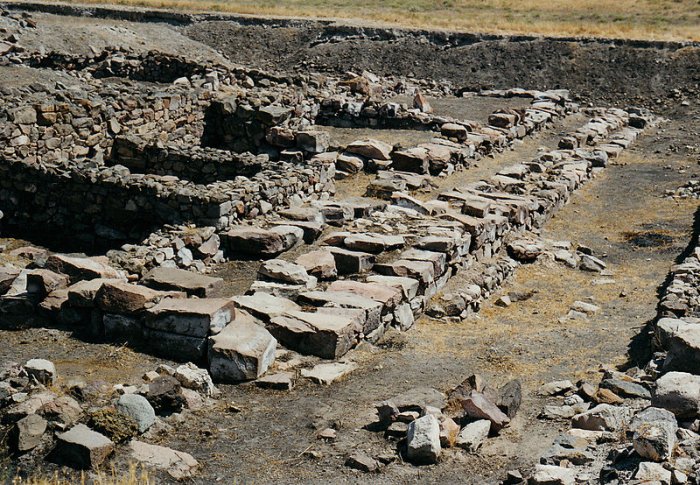
Kontani said since 1948, excavations in Kültepe had been carried out in a field known as the palace. The team has recently started works in the settlement field, located 300 meters north of the palace.

“Our goal is to reach the first eras when trade started 6,000-7,000 years ago in Kültepe. We have so far reached 4,500 years ago. This is the basement of the places where people lived. We discovered a furnace from 4,500 years ago…
We also found the pieces of an idol made of marble and known as the Kültepe Idol. What is interesting to us is that those idols were found inside the sanctuaries in the palace field. Finding them 300 meters away from the palace shows us that the Kültepe Idol had religious meaning not only for upper-class people but also lower-class people,” said Kontani.
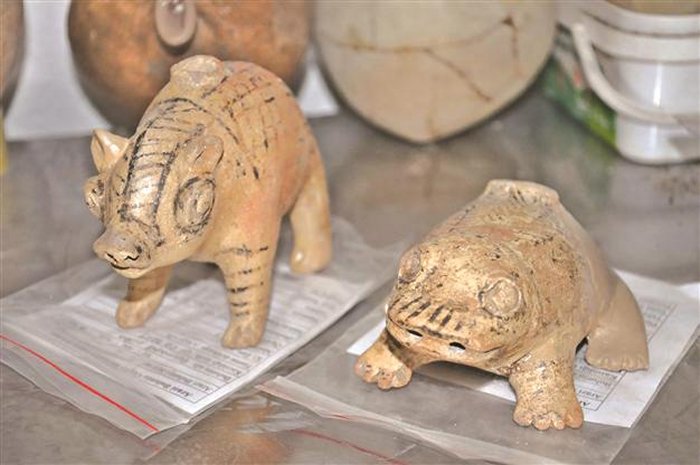
See also:
- Mysterious Lost Kingdom Of Urartu And Its Enigmatic History
- Ancient City Of Urkesh – Home Of Kumarbi – The Foremost Son Of Anu
- Ancient City Of Soli Reveals Its Hidden Streets And Glorious Columns
Kontani said that there were rumors that trade dated back 6,000 years in Kültepe but it has not been proved.
“Since this place was the transition zone for civilizations, its history might go back to earlier times than expected. At the first stage, we aim to reach 6,500-7,000 years ago. But we will continue working in this level because this place was home to many civilizations, one after the other. We see the traces of a different civilization in each layer. This means that Kültepe was not only the trade hub of Anatolia but of the Middle East,” added Kontani.
Kültepe-Kanesh has been recognized since 1871 when the “Cappadocian tablets” were first revealed in world museums and in illegal markets
It remains an ancient site of great value and interest to archaeologists.
Copyright © MessageToEagle.com All rights reserved. This material may not be published, broadcast, rewritten or redistributed in whole or part without the express written permission of MessageToEagle.com
Expand for references







